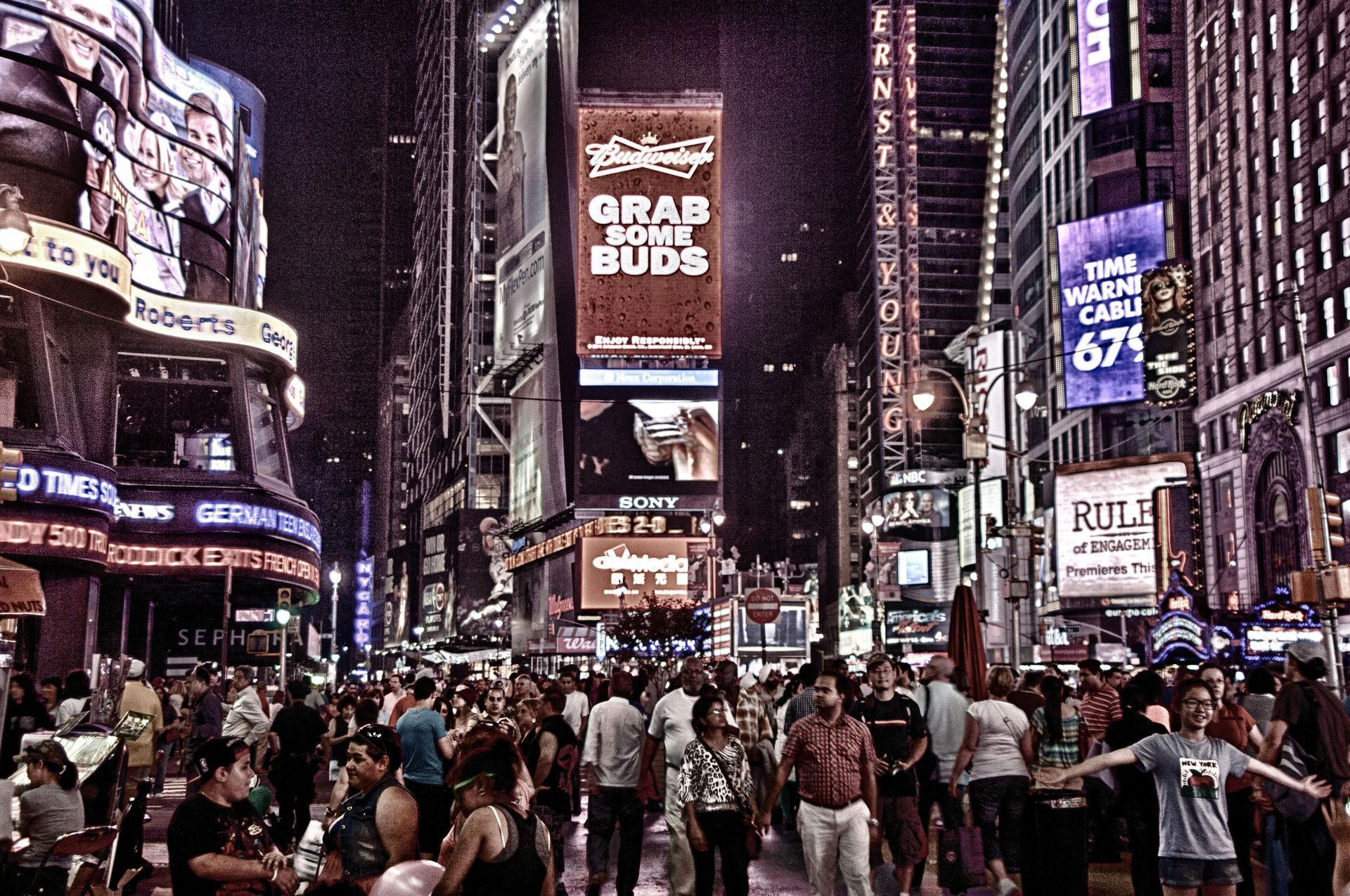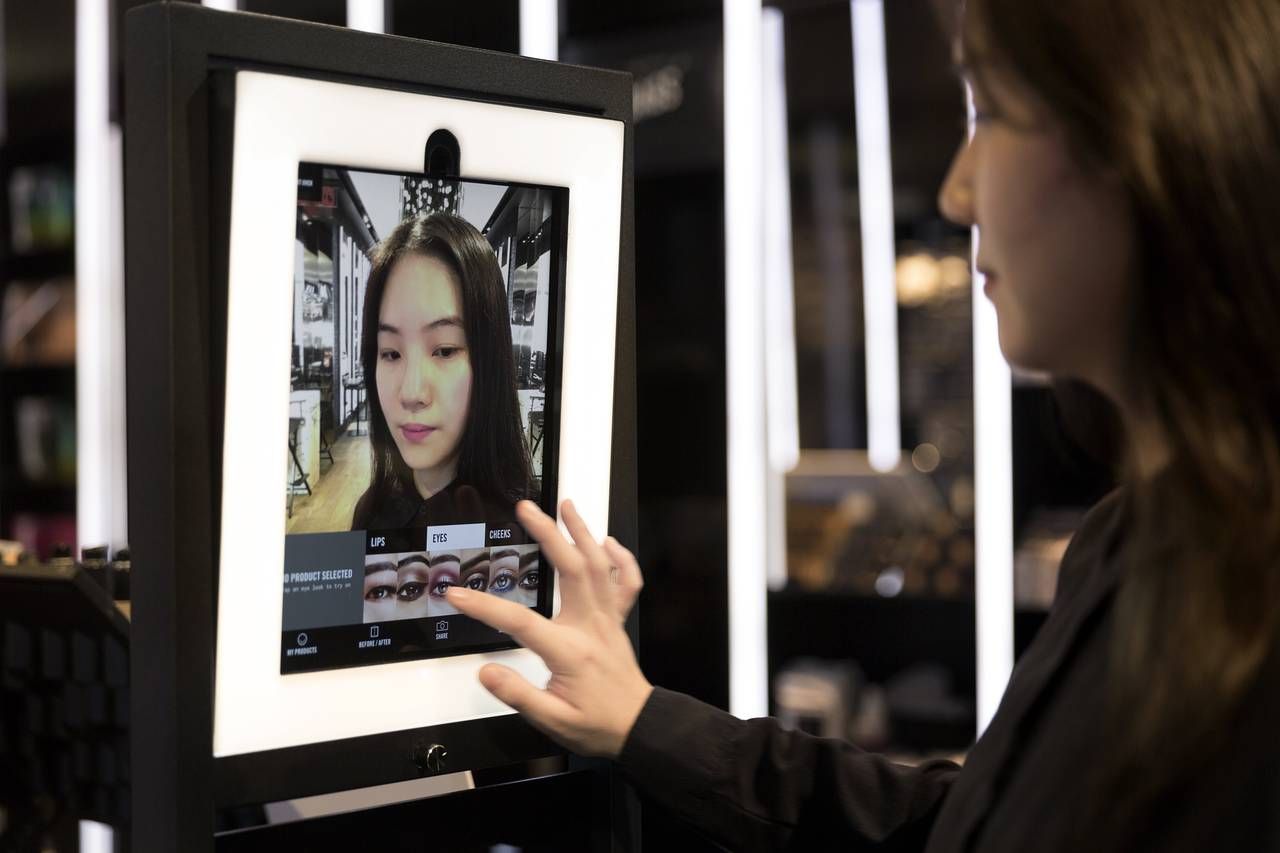Exploring the Future of Augmented Reality Ads and Commerce
Augmented reality (AR) provides customers with a unique shopping experience. It allows them to digitally “try” products before buying them from their phones. What once was a futuristic concept is now a reality, reshaping digital marketing, retail, and customer engagement. In this article, we explore how AR drives innovative advertising strategies and revolutionizes commerce through immersive, interactive experiences.
The Evolution of Augmented Reality in Advertising
Over the past decade, AR has shifted from a niche gimmick to a mainstream marketing tool. Early applications, such as virtual dressing rooms and interactive product demos, set the stage for today’s dynamic ad campaigns. The introduction of AR in advertising enabled customers to “try on” products virtually or experience digital overlays on print media. This approach increased engagement and bridged the gap between physical and digital retail experiences.
Innovative platforms like the Webcam Social Shopper first showcased how AR could replicate the in-store “try on” experience online, enabling users to visualize clothing on themselves through a webcam. This early venture into AR advertising helped ignite interest among retailers, leading to today’s diverse array of AR-powered ad formats and interactive experiences.
Today, augmented reality ads are becoming more sophisticated. Brands are leveraging AR to create interactive campaigns that capture consumer attention and provide valuable context and personalized experiences. For instance, major beauty and fashion brands now offer AR try-ons directly through social media channels, enhancing engagement and conversion rates.
AR and Commerce: A New Dimension in Shopping
AR is redefining commerce by merging digital content with real-world shopping environments. E-commerce platforms integrating AR allow customers to preview products in their own spaces, reducing uncertainty and enhancing confidence in purchase decisions. From placing a virtual sofa in one’s living room to viewing intricate 3D models of jewelry, AR commerce offers a level of interactivity that traditional static images simply cannot match.
Retailers like IKEA and Wayfair have successfully deployed AR apps that let customers visualize furniture in their homes, thereby reducing returns and increasing customer satisfaction. Similarly, virtual try-on solutions in the beauty industry enable users to experiment with makeup or accessories virtually—innovations that are now integral to the online shopping experience.
The integration of AR in commerce is also seen in “immersive commerce,” where online retail takes on a physical feel. By combining digital marketing with interactive AR experiences, brands can create “virtual stores” that mimic the sensory elements of brick-and-mortar locations. This immersive approach not only makes online shopping more engaging but also reduces the friction typically associated with digital purchase decisions.
Key Trends Shaping the Future of AR Ads and Commerce
As AR technology matures, several trends are emerging that will define its future in advertising and commerce:
1. Virtual Try-Ons and Product Visualization
Virtual try-on solutions have already transformed industries such as fashion and beauty by letting consumers visualize products on themselves before making a purchase. AR-powered product visualization provides interactive 3D models that can be rotated, resized, and viewed in different lighting conditions. For example, platforms like Shopify and BigCommerce have integrated AR features that enable customers to see products in a lifelike manner directly from their smartphones.
These tools improve the shopping experience and reduce return rates, a key benefit for retailers. Studies indicate that virtual try-on experiences can significantly reduce product returns while boosting conversion rates by providing shoppers with a more realistic product preview.
2. Immersive Advertising Experiences
The future of AR advertising is not limited to simple overlays on existing content. Immersive advertising experiences—such as Fake out-of-home (FOOH) campaigns and interactive storefront displays—are set to become more prevalent. These campaigns use augmented reality to create dynamic, multi-layered experiences that capture consumer attention and encourage engagement.
For instance, FOOH advertising transforms static billboards and store windows into interactive canvases that blend digital content with real-world visuals. By incorporating features like 3D animations and real-time data, these displays offer a “wow” factor that traditional advertising cannot achieve. Moreover, emerging technologies such as see-through displays further enhance these experiences by allowing consumers to view digital ads overlaid on physical environments.
.
3. Social Commerce and AR-Driven Engagement
Social media platforms have become a primary venue for augmented reality experiences. Instagram, Snapchat, and TikTok are investing heavily in AR filters and lenses that allow users to try on products, interact with branded content, and share their experiences with friends. This trend has increased AR social commerce, where shopping becomes an interactive, community-driven experience.
Brands increasingly use AR to create shareable moments that can go viral, leading to organic traffic and enhanced brand loyalty. With over 70% of consumers showing interest in using AR for shopping, companies are recognizing that integrating AR into their social media strategies is key to remaining competitive.
4. Mobile AR Integration and WebAR
The ubiquity of smartphones has made mobile AR a cornerstone of modern commerce. Advances in mobile technology, such as improved sensors and increased processing power, have paved the way for AR experiences that run directly in web browsers—commonly referred to as WebAR. With no need for dedicated apps, WebAR democratizes access to augmented reality, making it easier for consumers to experience interactive ads and product visualizations on the go.
WebAR also offers marketers robust analytics and integration with existing digital platforms. This ease of deployment and cross-platform compatibility make WebAR an attractive option for brands looking to experiment with AR on a limited budget.
5. Wearable AR Devices and Smart Glasses
A significant trend on the horizon is the rise of wearable AR devices. Innovations like Apple’s Vision Pro and Meta’s emerging AR glasses are poised to redefine how consumers interact with digital content. These devices offer hands-free, immersive experiences that seamlessly blend digital information with the physical world.
While current models remain relatively expensive and primarily targeted at early adopters, mass adoption is expected as the technology matures and prices drop. Wearable AR will enhance personal experiences—such as virtual shopping and navigation—and provide new platforms for advertisers to deliver interactive, contextually relevant messages.
6. AI-Enhanced Personalization in AR
Artificial intelligence is set to play a critical role in the future of AR ads and commerce. AI-driven algorithms can tailor AR experiences to individual user preferences, creating hyper-personalized ads that resonate on a deeper level. By analyzing consumer data, brands can offer real-time product recommendations and interactive experiences uniquely curated for each user.
This blend of AI and AR improves the shopping experience and increases advertising efficiency by ensuring that the right message reaches the right audience at the right time. As AI technologies continue to evolve, we can expect even more sophisticated AR applications that seamlessly integrate personalization into every aspect of digital marketing.
7. In-Store AR and the Integration of Physical and Digital Retail
The digital revolution in commerce blurs the lines between online and offline retail. In-store AR applications, such as Augmented Reality Mirrors and digital kiosks, provide shoppers with additional product information, virtual try-ons, and personalized recommendations—all within the physical store environment.
These solutions enhance customer engagement and streamline the purchase process by merging digital overlays with real-world shopping experiences.
Retailers are now exploring “phygital” experiences, which combine the convenience of online shopping with the sensory benefits of in-person retail. This hybrid approach increases customer satisfaction and drives repeat business, as consumers enjoy a more interactive and informative shopping journey.
Challenges and Opportunities
Despite its many benefits, the widespread adoption of AR in advertising and commerce comes with its own set of challenges. One significant hurdle is the cost of developing high-quality AR experiences, which often require specialized hardware and software expertise. However, as the technology continues to mature, these costs are expected to decrease, making AR more accessible to smaller brands and retailers.
Hardware limitations also pose a challenge. Not all consumers have devices capable of delivering immersive AR experiences. Although the rise of mobile AR and WebAR is helping to address this issue, disparities in device capabilities can affect the AR experience's quality and consistency.
Data privacy and security are additional concerns. As AR applications become more personalized, they rely on collecting and analyzing user data, which raises questions about how that data is stored, managed, and protected. Regulatory pressures may force companies to adopt stricter data management practices, potentially slowing down innovation in the short term.
On the opportunity side, the potential benefits are immense. AR has already demonstrated its capability to enhance customer engagement, boost conversion rates, and reduce return rates. As more brands invest in AR, early adopters stand to gain a substantial competitive advantage. Moreover, the integration of AI with AR is poised to create entirely new avenues for personalization and interactive marketing—leading to a future where digital ads are not merely viewed, but experienced.
The Future Outlook
The future of augmented reality ads and commerce is bright and filled with potential. As AR technology becomes more mainstream, its applications in advertising and retail are expected to grow exponentially. Industry forecasts suggest that AR will become an integral part of the digital landscape, with projections showing substantial increases in consumer adoption and overall market value.
With tech giants like Meta and Apple investing heavily in wearable AR devices and immersive platforms, the next few years will likely witness significant advancements that make AR experiences more accessible and impactful. The continued integration of AR into mobile devices and advancements in WebAR will further democratize access to this technology, ensuring that even smaller brands can benefit from immersive advertising and interactive commerce.
Furthermore, the trend toward “phygital” retail—where the best elements of online and offline shopping merge—is set to redefine the customer journey. In-store AR applications, virtual try-ons, and interactive displays will become commonplace, transforming how consumers interact with products and make purchasing decisions.
In summary, as augmented reality evolves, its role in advertising and commerce will only expand. By enhancing customer engagement, providing personalized experiences, and bridging the gap between the physical and digital worlds, AR is not just a passing trend—it is the future of how we shop and connect with brands.
Conclusion
Exploring the future of augmented reality ads and commerce reveals a landscape rich with innovation and opportunity. From virtual try-ons and immersive advertising experiences to the integration of AI for hyper-personalization and the advent of wearable AR devices, the technology is set to revolutionize how brands reach consumers and interact with products.
While challenges related to cost, hardware limitations, and data privacy remain, the rapid pace of technological advancement and growing consumer demand for interactive experiences indicate that these hurdles will soon be overcome. Brands that invest early in AR will capture market share and pave the way for a new era of digital marketing—one where advertising is experienced rather than merely viewed.
The future of AR ads and commerce is poised to be a game-changer. As technology continues to break new ground, immersive, engaging, and highly personalized shopping experiences will become the norm. For marketers and retailers alike, embracing augmented reality is essential for staying competitive in an increasingly digital world.
In the coming years, the seamless blend of augmented reality with traditional commerce will create dynamic and interactive customer journeys that drive loyalty, reduce friction, and ultimately transform the entire retail ecosystem. It is an exciting time to be at the forefront of this digital revolution, where every brand has the potential to create memorable, immersive experiences that leave a lasting impact.
TALK TO A PRO
We're here to bring your brand to life!
Stay Connected with BrandXR
Thank you for signing up to our monthly newsletter.
Please try again later.
Create Augmented Reality for Free!
Create, Publish, and Measure 3D Augmented Reality Experiences Without Having to Code.










SUPPORT
Detroit
Saudi Arabia
BrandXR. All Rights Reserved. Website designed by Unleash Media.




